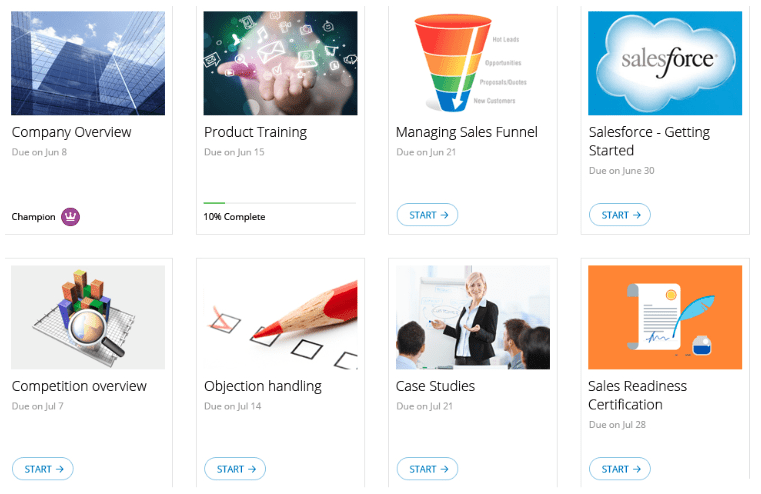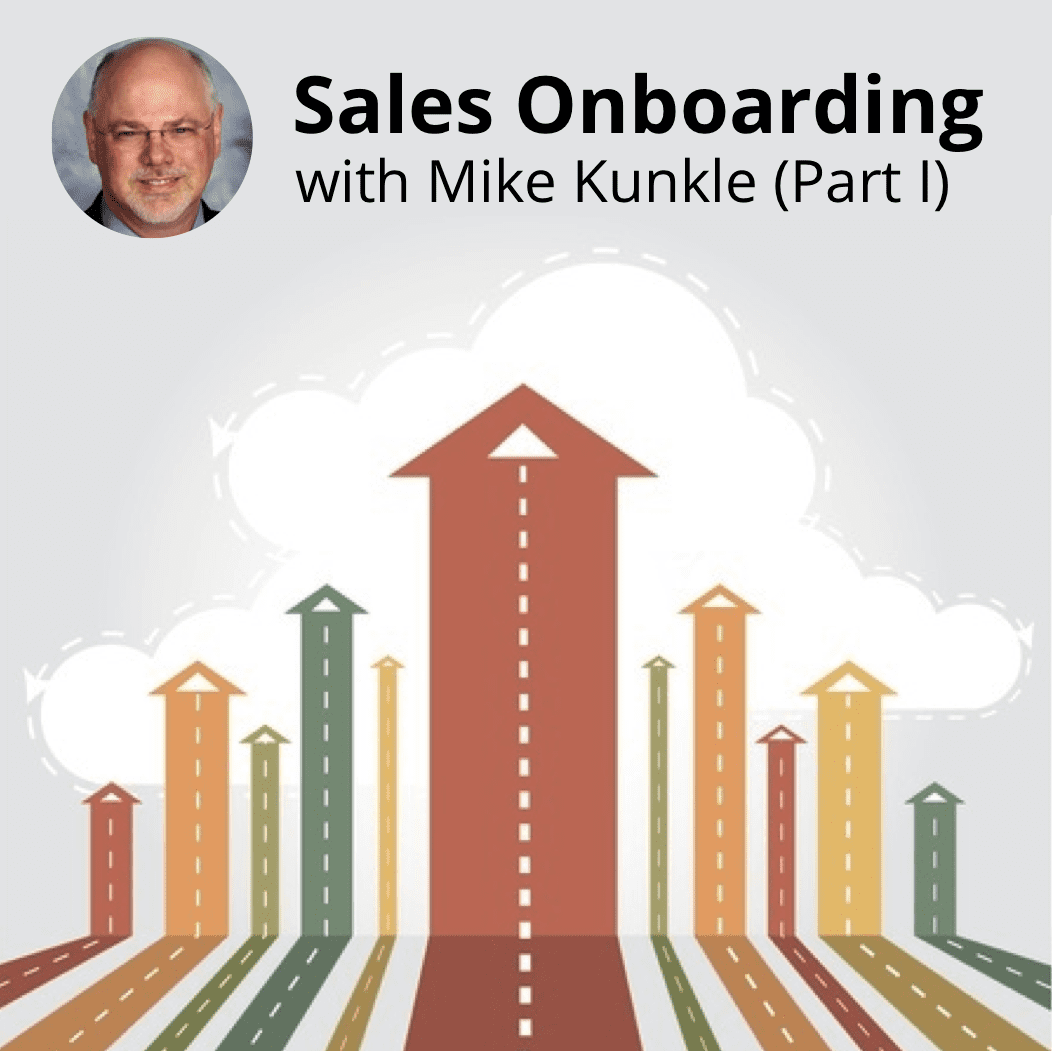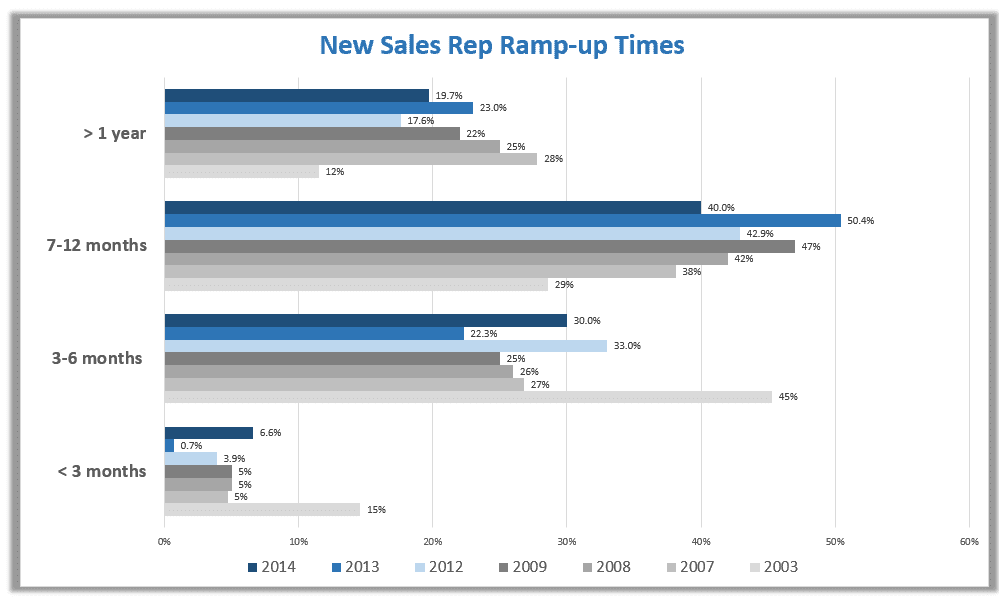7 Habits of Effective Sales Enablement: Continuous Improvement
You’ve spent painstaking hours, weeks, and months designing and implementing a sales enablement plan and the results are in. You’ve reduced the time it takes to ramp-up new sales hires and make them productive by nearly a month and the sales managers are sitting up and taking notice. It’s finally time to sit back and take a break, right. Wrong!
Sales enablement isn’t something you can design once, and then set and forget. Things are changing every day; new features, new customers, new competitors, new strategies. Before you’ve even seen the results from your new design it’s already out of date. This is why effective sales enablement managers always enable continuous process improvement. They aim to strive higher, set new benchmarks, and improve on their design
This doesn’t mean that you have to redesign your entire process every other week, but making time to continuously question, analyze and improve, can make all the difference to your sales performance.
Owning the sales enablement process
It’s important to first understand the key players in the process that you want to evaluate and improve, in particular, the process owner and the outcome owner.
The process owner in sales enablement is almost invariably you, the sales enablement leader. You have an overriding responsibility to ensure that the process fits within your company’s policies, existing processes, and meets its objectives. Looking at the entire end-to-end sales enablement process across a rep’s lifeline (from onboarding, ensuring consistent messaging, field communication, etc.), you understand what capabilities and tools are available and required to enable reps at each stage. Essentially you are the process champion.
However, the process owner doesn’t always own the outcomes of their process. For example, sales managers may be responsible for win rates, but it’s you who helps them achieve this. To an outcome owner, the process is just a means to an end.
This distinction is important when considering continuous improvement. While identifying the required outcomes for the process is part of the process owner’s role, you are merely facilitators to achieve the end of an objective. your evaluation process needs to look at a broad range of factors that may impact that outcome, focusing on improving the actual process, not just zeroing in on the outcomes.
Making time for evaluation
With the specific roles clarified, the real work starts. The key to continuous process improvement is leveraging data to measure and identify what’s working and what’s not.
Now you know it’s easy to get caught up in the day-to-day, that’s why you need to schedule a time to evaluate your process. One effective way I’ve seen this done is by having a quarterly review process. For 11 weeks you run your sales enablement initiatives and then for one week a quarter you step back, review data, and business information, and identify ways to improve the process.
So in that one week a quarter, what should you be looking for? Here are some things that you could evaluate to identify improvements to your sales enablement process:
- Undertake a cohort analysis to see what trends are evolving. For example, if your business is hiring a lot of new sales reps, look at how one month’s recruits compare to the next, in terms of ramp-up speed, readiness levels, etc. If it’s improving, what has been working and how can that be improved upon?
- Take a look at whether there have been any changes to your organization’s sales and product strategy. Has the business started pursuing enterprise prospects more aggressively, when they previously focused on the SMB segment? What changes are needed to enable sales reps to meet these customers’ needs?
- Review your competitors and identify if there have been any changes that may have shifted your relative strengths and weaknesses. These then need to be communicated to reps, and their readiness tested to ensure they understand this competitive intelligence and how it may impact how they talk to buyers.
- If there have been major product releases this quarter, are reps up to speed with how these are positioned and the messaging that should be communicated to buyers? Can the product update process be improved so that reps are up to speed quicker?
By monitoring and analyzing this data you may find the areas where your sales enablement can be improved or even changed. Even if you only make small changes, over time it will make a significant improvement to your reps’ results and the bottom line of your business.
Encouraging continuous improvement
While you may be the process owner, that doesn’t mean others can’t be involved in improving the process with you. Effective sales enablement leaders find ways to share relevant data and analysis with other stakeholders, like sales managers, and obtain their input into the improvement process. After all, those who use different parts of the process each day will no doubt have ideas on how it can be improved upon. It’s particularly important for sales managers to be consulted as they have day-to-day communication with their reps and can provide insights on the coaching required to improve weaknesses.
Surveys, polls, and even one on ones, where you request feedback, can all be helpful ways to encourage others to share their ideas.
Process improvement is always a work in progress. What works today may not fit the organization tomorrow, or some new tool or technology could transform a part of your process overnight. The trick to effective sales enablement is to never stop looking for those little gems, that all add up to a transformational sales process.










